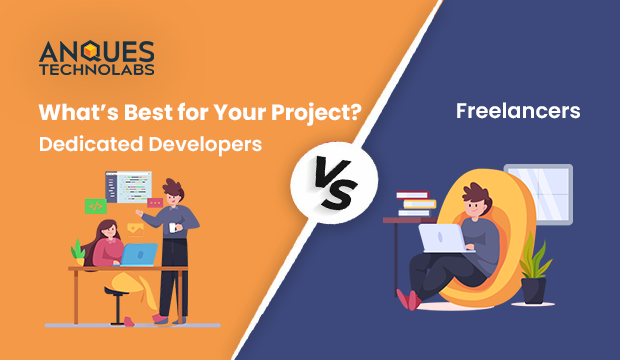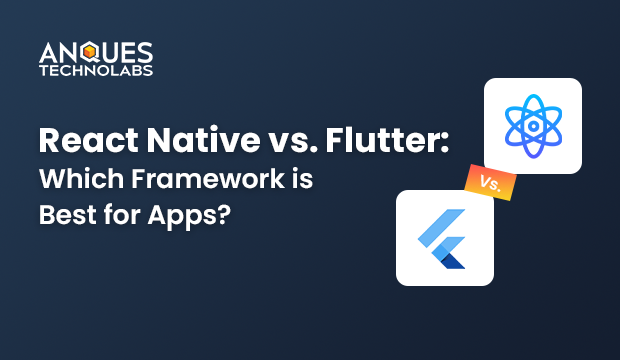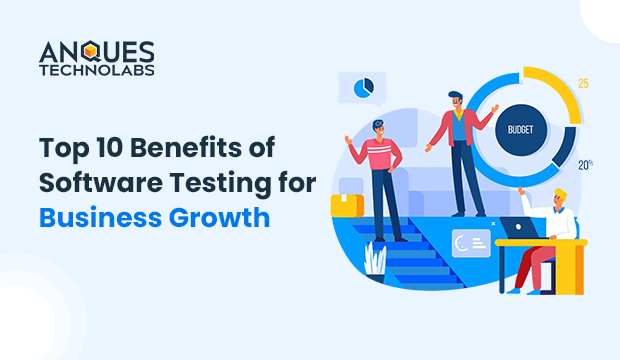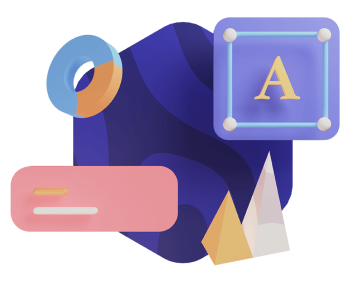Working with hybrid mobile app frameworks makes life easier for developers as they are able to write code once and build mobile applications that run on the main platforms with no extra effort. The application will run on Android and iOS.
Let us know about the very important frameworks which helps us out to build amazing hybrid mobile apps.
- It promotes the faster development of apps.
- It is much easier to maintain.
- It supports a cross-platform user interface (UI).
- It integrates with the user’s device file system.
REACT NATIVE

React Native is an open-source mobile application framework created by Facebook, Inc. It is used to develop applications for Android, Android TV, iOS, macOS, tvOS, Web, Windows and UWP by enabling developers to use React’s framework along with native platform capabilities.
IONIC
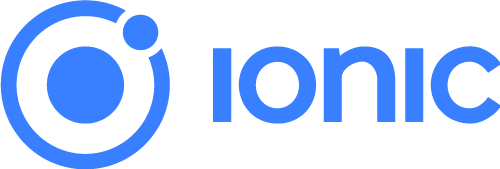
Ionic is a complete open-source SDK for hybrid mobile app development created by Max Lynch, Ben Sperry, and Adam Bradley of Drifty Co. in 2013. The original version was released in 2013 and built on top of AngularJS and Apache Cordova.
NATIVE SCRIPT

NativeScript is an open-source framework to develop mobile apps on the Apple iOS and Android platforms. It was originally conceived and developed by Progress. At the end of 2019 responsibility for the NativeScript project was taken over by long-time Progress partner, nStudio.
QUASAR

Quasar Framework is an open-source Vue.JS based framework for building apps, with a single codebase, and deploy it on the Web as a SPA, PWA, SSR, to a Mobile App, using Cordova for iOS & Android, and to a Desktop App, using Electron for Mac, Windows, and Linux.
Flutter
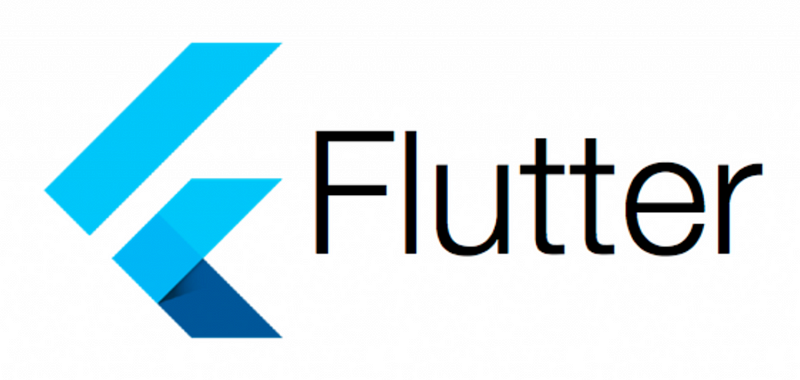
Flutter is an open-source hybrid mobile app UI development toolkit introduced by Google. It simplifies the work of developers in creating easy-to-navigate user-friendly apps supported by great aesthetics. Some of the biggest brands worldwide are benefitting from this framework. The two main components of Flutter are:
- Its Software Development Kit (SDK) comprises ready-made testing APIs and widgets essential for mobile app development.
- A comprehensive UI library for sidebars, buttons & other UI elements that are reusable. Below are the benefits of flutter technology:
- It makes the development process easy & fast.
- It’s hot reload process allows developers to see real-time changes in the app.
- It allows dynamic code writing.
- It provides pre-designed widgets and supports a smooth user interface that is free from orthodox design elements.
- It is compatible with Fuchsia.
Xamarin

A solution by the world’s biggest software company, Microsoft, Xamarin is a very popular and unique framework. It is great for both big & small companies, especially startups as it allows the developers to create a balance between budget and creativity. The framework consists of C++, Objective-C, and Java libraries. Below are the key benefits of the Xamarin framework:
Xamarin apps support plugins that allow them to easily connect with different hardware without affecting functionalities or performance.It provides an end-to-end ecosystem to developers with Xamarin Test Cloud, Xamarin SDKs, Xamarin Studio, and Xamarin Insights.Performance is key to online platforms and with Xamarin, you can stay assured as it eliminates app instability.
- It allows smooth & convenient API integration and is also known for super-fast GUI prototyping.
- It promotes easy code sharing and requires less maintenance.
CONCLUSION
The Hybrid Development is grown rapidly. While as it helps out with the upcoming to build app which provides us through faster development as well as easy prototyping.
Lastly, if you’re building hybrid mobile apps with JavaScript, you should secure your source code against theft and reverse-engineering.










